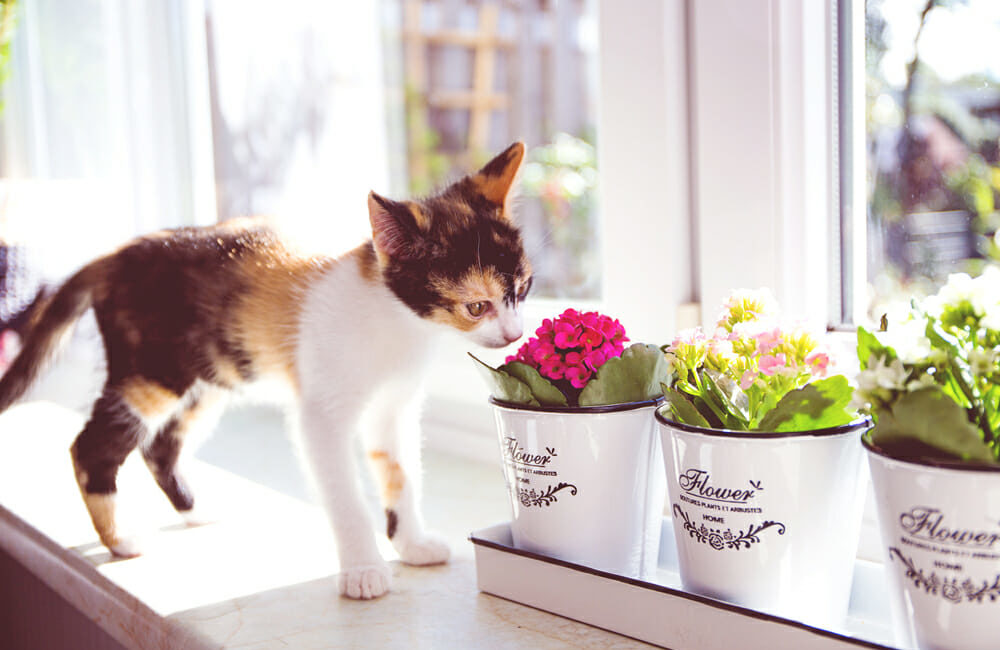Here is a list of some common summer plants that are toxic to dogs and cats.
Tomato Plants: Stems, leaves and non-ripe tomatoes contain more toxicity. This plant is toxic in large doses. Common symptoms include — weakness, gastrointestinal problems, drowsiness, slow heart rate, confusion.
Aloe Vera: This plant is metabolized by intestinal bacteria, which results in gastrointestinal symptoms. With prompt treatments, symptoms resolve quickly. Common symptoms include — vomiting, diarrhea, lethargy, tremors, general central nervous system depression.
Ivy: Not all Ivy plants are toxic; the toxic component is the triterpenoid saponin. Common symptoms include: Vomiting, diarrhea, excessive salivation and drooling, abdominal pain
Gladiola: Gladiola is a very popular perennial plant. All portions of the plant are toxic, especially the bulb. Dogs can also choke on the leaves and bulb of this plant. Common symptoms include — drooling, vomiting, diarrhea, lethargy.
Daffodil: All parts of the daffodil are toxic. Symptoms are not usually life-threatening and resolve within a few hours. Common symptoms include –intestinal spasms, low blood pressure, salivation, vomiting, diarrhea, cardiac arrhythmia.
Begonia: Small animals are especially vulnerable as relatively small amounts can cause symptoms. Common symptoms include — extreme oral irritation, excessive inflammation of the mouth, drooling and vomiting.
Chrysanthemum: This plant contains pyrethrins which kill insects by attacking their nervous systems. Cats are more sensitive than dogs to this plant due to their liver metabolism pathways. Common symptoms include — vomiting, diarrhea, skin rash, drooling.
Tulips: Any part of the plant is toxic, particularly the bulb as the toxic component is glucosides. Common symptoms — gastrointestinal symptoms, central nervous system depression, convulsions, potentially fatal.
Give us a call at 506-388-8880 if you have any questions.
Written by: Jillian, RVT




